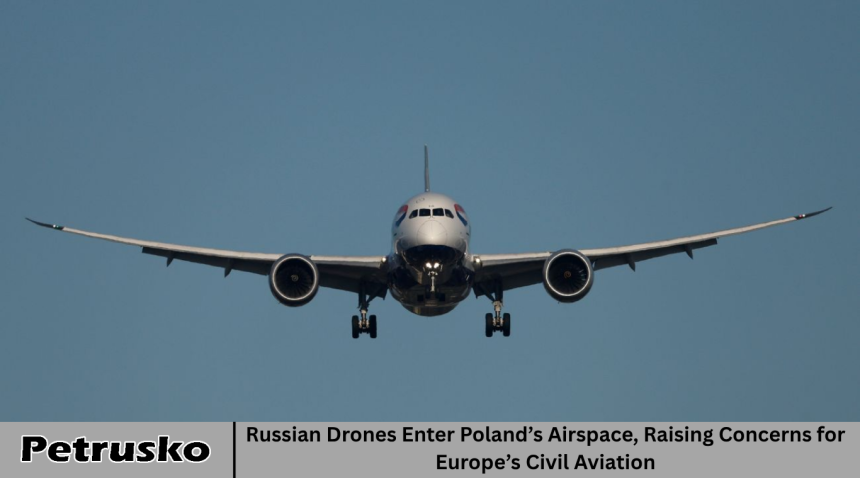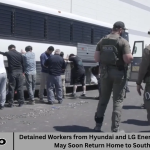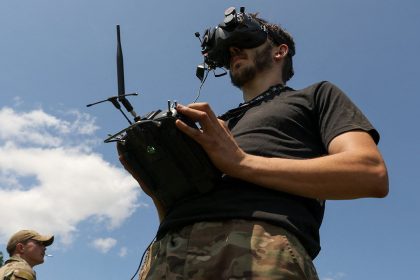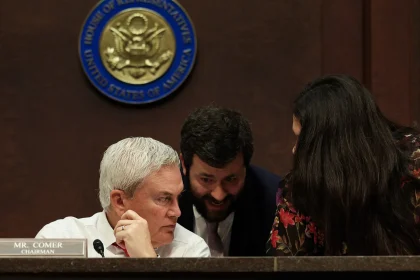Recently, reports have emerged that Russian drones have entered Poland’s airspace. This event has raised serious concerns across Europe, especially regarding the safety of civil aviation.
Poland, a member of NATO and the European Union, is on high alert as the drones’ movements challenge the region’s security and air traffic safety. The incident has triggered discussions about how to protect European skies from unauthorized and potentially dangerous incursions.
Details of the Drone Incursions
According to Polish officials, several unmanned aerial vehicles believed to be Russian crossed into Polish territory without permission. These drones were detected by air defense radar systems and prompted immediate responses from the country’s military. Although there were no reported damages or casualties, the incident has heightened fears that such drones could interfere with commercial flights or be used for surveillance and military purposes.
Poland’s airspace is an important corridor for many commercial airlines flying between Europe and other parts of the world. The presence of unidentified drones creates risks not only for national security but also for the safe operation of flights carrying thousands of passengers daily. Authorities are closely monitoring the situation and working with international partners to respond effectively.
Impact on European Civil Aviation
The incursion of drones into Polish airspace is not an isolated concern but part of a growing threat to civil aviation in Europe. Drones, which are relatively inexpensive and easy to deploy, can disrupt airport operations, interfere with air traffic control, and pose collision risks. Such risks increase when drones operate in sensitive airspace or near major airports.
European aviation agencies have been warning about these dangers for years. The recent events in Poland have put this threat into sharper focus, pushing regulators and governments to consider stricter rules and better detection technologies. Ensuring the safety of passengers and crew remains a top priority as air travel continues to recover from the impact of the COVID-19 pandemic.
International Reactions and Security Measures
The incident has sparked strong reactions from European countries and international organizations. NATO has expressed concern over the breach of Polish airspace and has pledged support to strengthen the region’s defenses. Discussions are underway to enhance drone detection systems, improve rapid response capabilities, and share intelligence among member states.
Russia has not officially commented on the drone incursions, but the event adds to existing tensions between Russia and Western countries. The use of drones for military and intelligence purposes in contested areas is a growing challenge that demands coordinated international action.
Future Steps to Protect Airspace
Protecting European airspace from unauthorized drone flights requires a combination of technology, regulation, and cooperation. European countries are investing in advanced radar systems and electronic countermeasures that can detect and neutralize drones. Regulations around drone flights are also being updated to control where and how drones can operate near airports and sensitive zones.
In addition, collaboration among countries through organizations like NATO and the European Union is critical. Sharing information quickly and responding together can help prevent future incidents and maintain the safety of civil aviation.
Frequently Asked Questions
What happened when Russian drones entered Poland’s airspace?
Russian drones reportedly crossed into Polish territory without permission, triggering alerts and concern for national security and aviation safety.
Why is this incident a concern for Europe’s civil aviation?
Drones in sensitive airspace can interfere with commercial flights, disrupt airport operations, and pose collision risks to manned aircraft.
How are European countries responding to the drone threat?
European nations, together with NATO, are enhancing drone detection systems, updating regulations, and increasing military and intelligence cooperation.
Has Russia commented on the drone incursions?
As of now, Russia has not officially commented on the incident.
What technologies are used to detect and counter drones?
Radar systems, electronic jamming devices, and other counter-drone technologies are being developed and deployed to monitor and neutralize drones.
Are there any risks to passengers from drone incursions?
While no accidents have occurred, drones in airspace near airports pose potential collision and safety risks for passengers.
What can passengers expect in the future regarding drone safety?
Passengers can expect stricter regulations and improved safety measures as countries work to prevent unauthorized drone flights near airports.
Conclusion
The recent entry of Russian drones into Poland’s airspace has raised important concerns about the security of Europe’s skies. Beyond the immediate threat to national defense, there is a clear risk to the safety of civil aviation that millions of people rely on every day. Addressing this challenge requires strong international cooperation, improved technology, and clear regulations. As European nations work to secure their airspace, the safety of passengers and the integrity of the aviation system remain the highest priorities.











